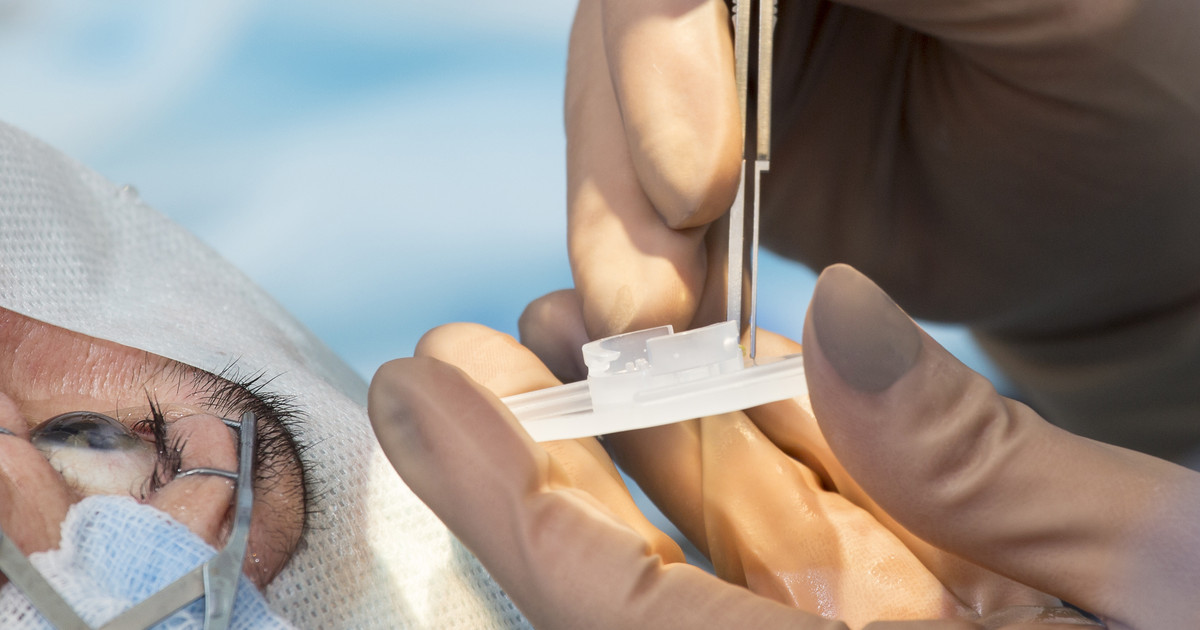Guide To Cataract Surgery
How The Procedure Works
The surgery used to remove cataracts typically takes around an hour to complete. The surgeon will first give the patient drops in their eye to help dilate or enlarge their pupils. A patient may receive sedatives to help relax them before the local anesthetic is administered. There are two different methods a surgeon can use to remove the clouded lens. Phacoemulsification is a method where the surgeon makes a corneal incision and inserts a specialized and thin probe into the part of the lens where the cataract is located. The probe is then used to emulsify or break up the cataract with ultrasound waves before the leftover fragments are suctioned out of the eye.
Extracapsular cataract extraction is where the surgeon makes a larger incision and removes the front capsule of the lens that contains the cataract. The back of the lens capsule is left undisturbed so it can function as a resting surface for the artificial lens. Once the lens is placed, the surgeon stitches the incision. Extracapsular cataract extraction is reserved for patients who are not suitable candidates for phacoemulsification.
Get the full details on choosing an intraocular lens next.
Choosing An Intraocular Lens

During cataract surgery, the doctor will insert an intraocular lens to replace the clouded part that they remove. This artificial lens is permanent, which makes it quite different from contact lenses. There are a variety of different intraocular lenses available for patients. The most common is the monofocal intraocular lens. This lens is fixed and stays at one distance. This means that if a patient's monofocal lens is for distance vision, they will often need to wear reading glasses or similar glasses to see close items. A multifocal lens, however, acts quite similar to progressive or bifocal glasses. This means that this intraocular lens helps individuals see at several distances. However, it takes patients longer to adjust to this type of intraocular lens. In addition, patients are more likely to see glare or halos around lights with a multifocal lens.
Patients will often receive a toric intraocular lens during cataract surgery if they also have astigmatism. This is to lessen astigmatism to avoid the need for glasses after surgery. Another type of intraocular lens offered during cataract surgery is an accomodating intraocular lens. This type acts more like an individual's natural lens. It will focus at multiple distances and makes the need for reading glasses less likely. Ultimately, it is vital for patients to discuss their options in detail with their doctor.
Uncover information on anesthesia during surgery next.
